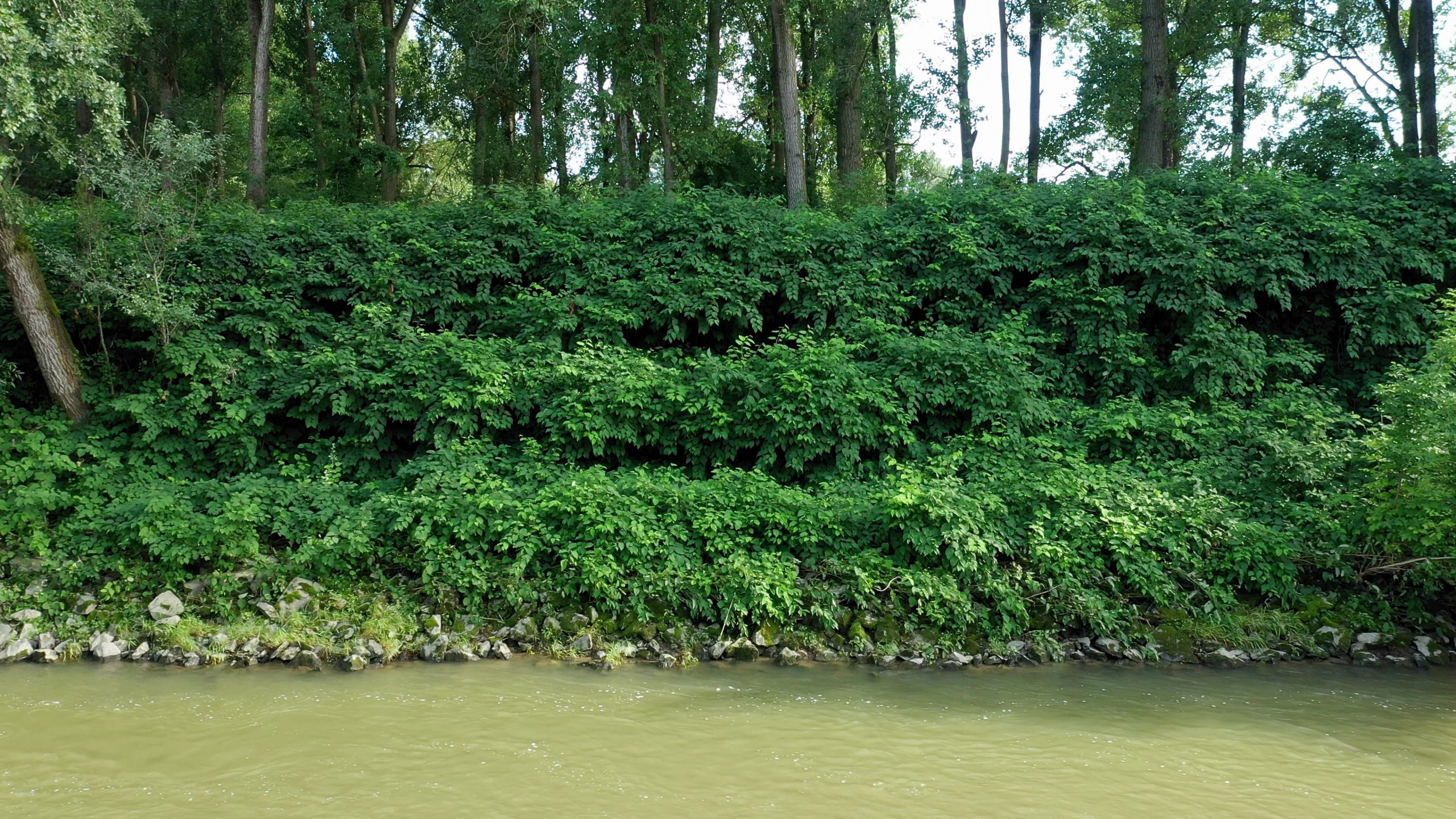From Plant to Invasive Species
Ornamental plants often add beauty and character to our gardens and public spaces. However, some of these seemingly harmless additions can become invasive species, causing significant ecological, legal, and financial headaches. Understanding how and why this transformation happens is crucial for anyone who appreciates gardening or landscaping.
What Exactly is an Invasive Species?
An invasive species is a non-native organism that spreads aggressively, causing environmental harm, economic loss, or impacting human health. These plants typically have traits such as rapid growth, high reproductive rates, resilience against local diseases and pests, and the ability to dominate local ecosystems.
Key Traits of Invasive Plants
- Rapid growth: They quickly occupy (or take over) available space.
- High reproductive capacity: Often through seeds, runners, or rhizomes.
- Tolerance and resilience: Thrive under various conditions, including poor soil or limited water – these plants are designed to withstand their origin’s climates which are often harsher in temperature or conditions than the UK.
- Few natural predators: Lack of local pests or diseases.
- Environmental impact: They can alter habitats, reduce biodiversity, and compete aggressively with native plants.
Case Studies: Ornamental to Invasive
Here are a few examples of once-loved plants that were praised for their beauty or functionality that eventually slipped their bonds to become classed as invasive species.
Japanese Knotweed

Introduced to Europe in the mid-19th century as an ornamental plant admired for its rapid growth and lush foliage, Japanese knotweed quickly escaped gardens and began spreading uncontrollably. Originally celebrated for its striking appearance and utility in landscaping, its aggressive underground rhizome system allows it to spread rapidly and establish extensive colonies. Knotweed can penetrate concrete and disrupt building foundations, making it one of the most problematic invasive species today. Control and eradication efforts often require significant resources and professional intervention.
Bamboo: Running and Clumping varieties

Some species of bamboo, particularly running bamboo like Phyllostachys, were originally popular garden plants due to their elegant appearance and quick-growing screens. Unlike clumping bamboo, running bamboo spreads aggressively via underground rhizomes, which can quickly invade neighbouring properties, gardens, and natural habitats. Its robust growth can damage hardscaping and underground utility lines. Managing running bamboo effectively usually involves herbicide control, installing physical barriers or digging it up.
Rhododendron Ponticum

Rhododendron ponticum was introduced from the Iberian Peninsula and Asia Minor as a desirable ornamental shrub due to its vibrant purple flowers and lush evergreen foliage. However, its adaptability to varied soil conditions and its ability to form dense thickets have turned it into a severe invasive threat. Rhododendron ponticum often dominates native woodland, shading out understory plants and significantly reducing local biodiversity. Its presence complicates woodland management and conservation efforts, leading to extensive removal and control projects.
Giant Hogweed

Originally introduced as a striking ornamental plant from the Caucasus region, Giant hogweed quickly escaped cultivation and began spreading across watercourses and disturbed areas. Its impressive size and dramatic flowering heads initially attracted gardeners, but its dangerous qualities soon became evident. Giant hogweed’s sap contains toxins that cause severe skin irritation and burns upon contact with sunlight. Its aggressive growth outcompetes native species, destabilises riverbanks, and alters local ecosystems, making it a serious public health and environmental threat. Managing Giant hogweed take specialist training and should be carried out by professionals.
When Does an Ornamental Become “Illegal”?
A plant is classified as invasive or illegal when authorities determine it poses a significant threat to native ecosystems, human health, or economic interests. In the UK, this process typically involves detailed scientific assessments and input from environmental agencies. Under Schedule 9 of the Wildlife and Countryside Act 1981, specific plants are listed due to their invasive potential. Once listed, it becomes illegal to plant, grow, or allow these species to spread into the wild.
Authorities also take action against invasive plants through various legal mechanisms. For instance, local councils can issue Community Protection Notices (CPNs) or Antisocial Behaviour Orders (ASBOs) if invasive plants such as Japanese knotweed encroach on neighbouring properties or public land, causing damage or nuisance.
Legal implications for property owners can include:
- Obligations to prevent invasive plants from spreading beyond their property.
- Potential legal action and fines if an invasive plant spreads or causes damage.
- Requirements to disclose invasive species presence during property sales, significantly affecting property value and transaction processes.
And so recognising and proactively managing invasive plants is essential, not only for ecological reasons but also to avoid potentially serious legal repercussions.
Common Ornamental Plants and Their Status
| Plant Name | Originally Ornamental | Now Classified as Invasive? |
|---|---|---|
| Japanese Knotweed | Yes | Yes |
| Bamboo (Running species) | Yes | Invasive under specific conditions |
| Rhododendron Ponticum | Yes | Yes |
| Giant Hogweed | Yes | Yes |
Prevention and Control Measures
Preventing ornamental plants from becoming invasive involves proactive measures such as:
- Correctly identifying the species.
- Regular monitoring and early intervention.
- Choosing non-invasive alternatives for gardening and landscaping.
- Understanding local regulations and restrictions on plant cultivation.
- Properly disposing of garden waste (adhering to government regulations) to prevent spread.
Conclusion: Responsible Gardening
Enjoying ornamental plants doesn’t have to come at an ecological cost. With informed choices, regular monitoring, and an understanding of invasive traits, gardeners and landowners can help maintain biodiversity and beauty in balance. Recognising and mitigating invasive potential is everyone’s responsibility, ensuring our natural spaces remain healthy and vibrant for generations to come.
Think You Have an Invasive Plant?
Snap a quick photo and email it to our experts. We’ll quickly identify it and provide free advice on what steps to take next.


